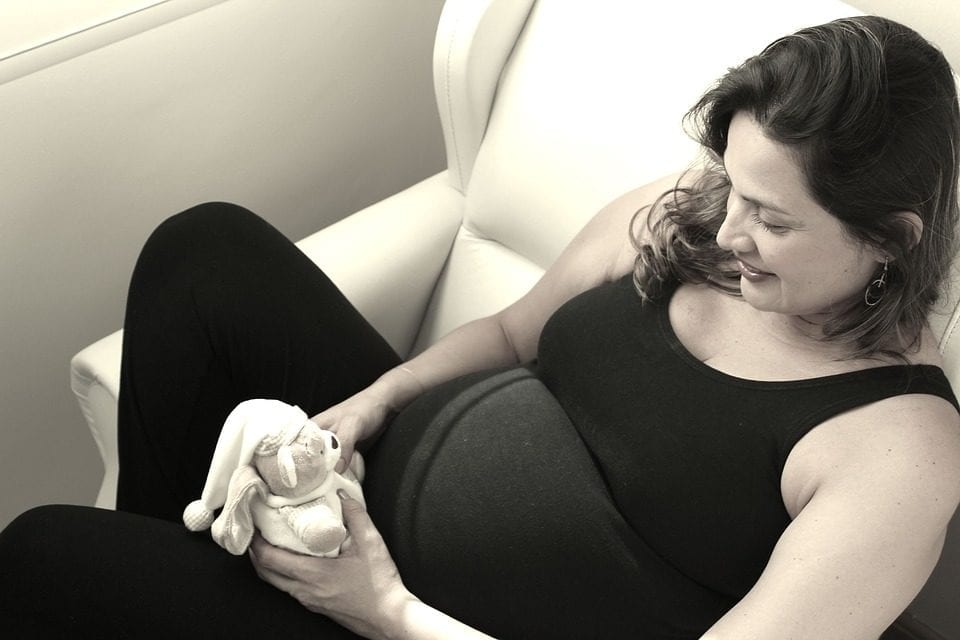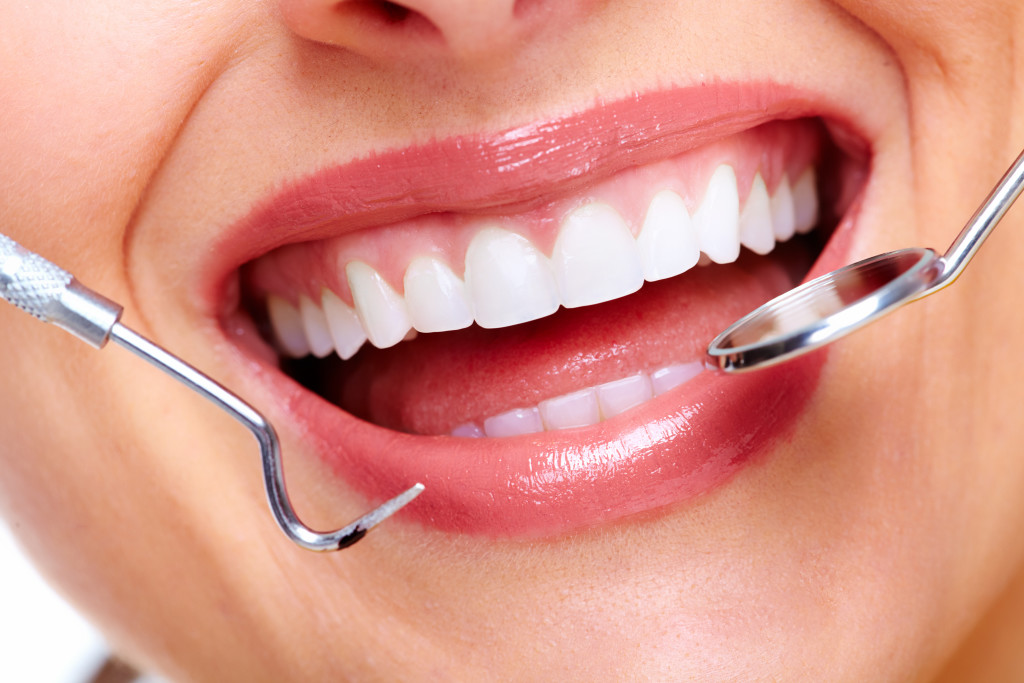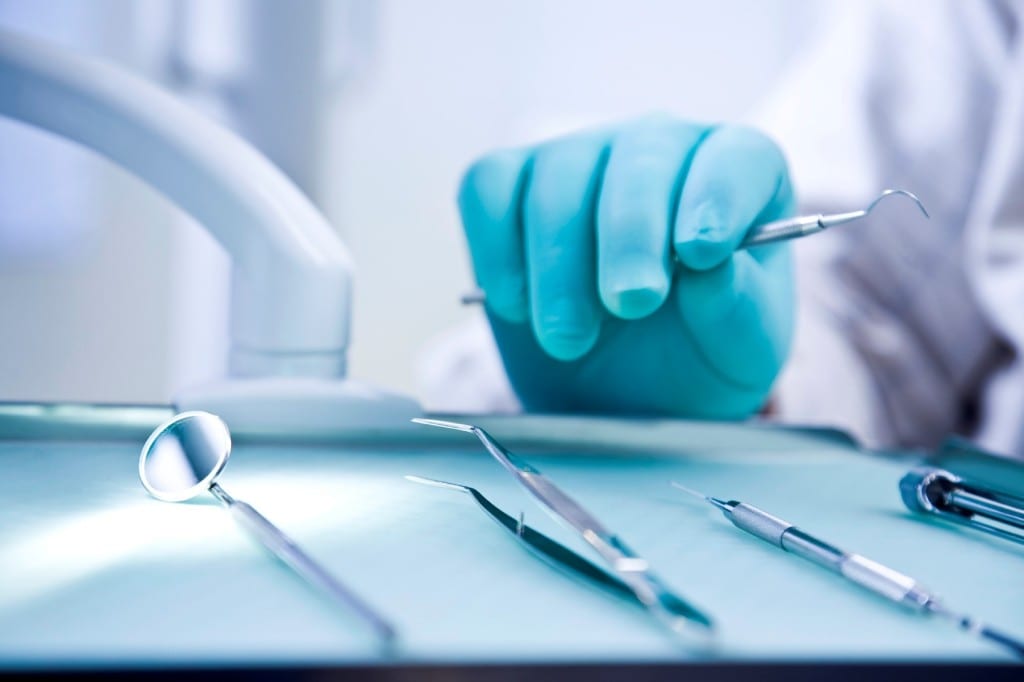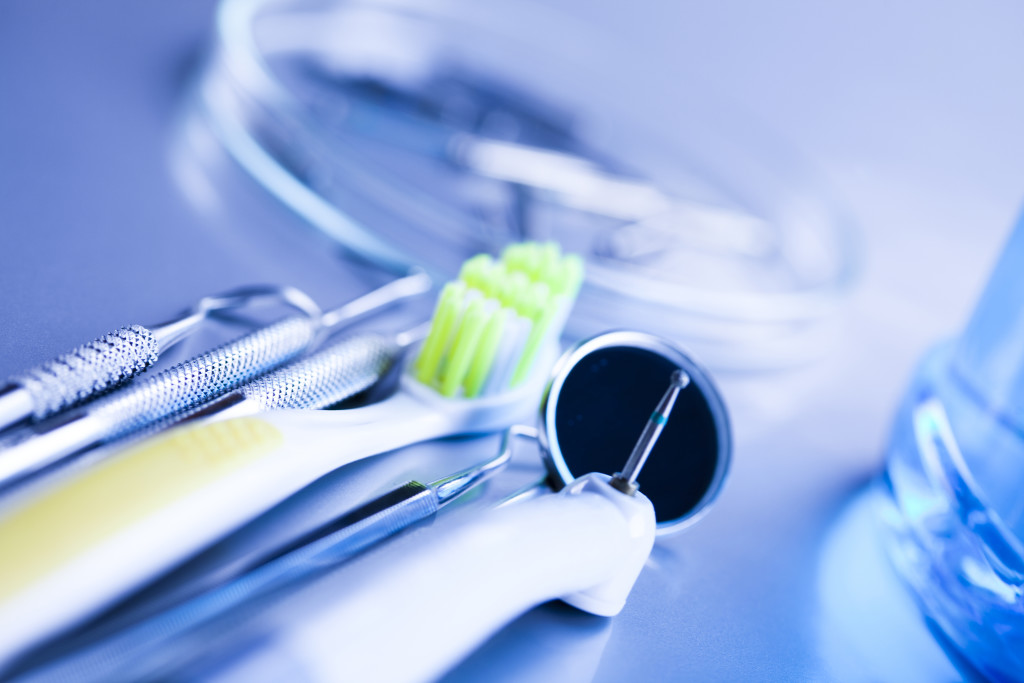 What happens to the teeth and gums during pregnancy?
What happens to the teeth and gums during pregnancy?
Most often in this period, women complain of worsening diseases such as caries, gingivitis, periodontitis. Each of them can lead to tooth loss in the absence of timely treatment.
A catalyst for carious processes can be and toxidrome. Nausea and vomiting, as well as changes in eating habits (large amounts of carbohydrates) cause a violation of acid-base balance in the oral cavity, demineralization of the teeth and the development of caries. If you do not sanitize the oral cavity before pregnancy, even minor carious lesions in nine months can turn into large foci.
During pregnancy there is a change in the hormonal background (estrogen and progesterone level) and a decrease in immunity, which can lead to a disruption of the gum reaction to the formation of plaque. Leaving the usual dental plaque without attention and treatment, you run the risk of causing it to degenerate into tartar, which can damage the entire tooth.
Dental plaque also provokes the development of gingivitis – an infection of the oral mucosa, which is manifested by swelling, redness and bleeding gums. Because of the altered hormonal background, any inflammatory reaction in the body of a future mother is more violent, so in another way the disease is called “hypertrophic gingivitis” or “gingivitis of pregnant women.” If it can not be cured, then it can pass into periodontitis, which means that gradual dissolution or loss of bone tissue, suppuration of the gingival pockets and mobility of the teeth will be added to the listed symptoms.
However, it is not necessary to associate the sharp deterioration of oral health with pregnancy. If you maintained proper oral hygiene before pregnancy, regularly visited preventive examinations and did a professional cleaning every six months, then all of the above problems will most likely not affect you.
Another thing is, if you have never removed dental deposits and have not treated caries. Even if they practically did not disturb you before pregnancy, during it already “acquired” earlier problems most likely will worsen.
Can “dental” diseases of the mother affect the health of the baby?
Sore teeth and inflamed gums are the source of infection for the whole body. From the carious cavity microbes can penetrate through the root canal into the blood and even provoke disturbances in the work of internal organs (heart, kidneys, etc.).
In addition, recent studies suggest that premature birth and birth of children with reduced weight may be associated, including with gum disease – infection in the mother’s body can adversely affect the child’s health. Therefore, preventive examinations at the dentist are extremely important for the health of both the child and the mother.
When to visit a dentist and what procedures are allowed?
The best option is to solve all dental problems and make a professional cleaning in advance, before planning a pregnancy, to minimize possible risks. But if you started the situation and the dentist can not avoid treatment during pregnancy, then you should remember about precautions.
So, in the first and third trimesters should be limited to only urgently necessary procedures, necessarily consulting with the treating doctor-gynecologist about anesthesia or taking medications. Based on these recommendations, in the first trimester your dentist should determine the need for hygienic dental cleaning and therapeutic treatment.
The safest time for dental treatment is the second trimester (from the 14th to the 26th week). At this stage, you can conduct all manipulations – with precaution, of course. However, if possible, it is better to avoid the introduction of pharmaceutical drugs into the woman’s body.
During pregnancy, it is highly discouraged to do such procedures as implantation and prosthetics, to resort to surgical treatment, and also to remove tartar. This is due to the use of anesthesia.
Pregnant women are allowed to treat caries and periodontal diseases, inflammatory processes in the gums and teeth, tooth extraction (non-surgical), the installation of braces (if there is no mobility of the teeth).
Image credit: mvorocha






